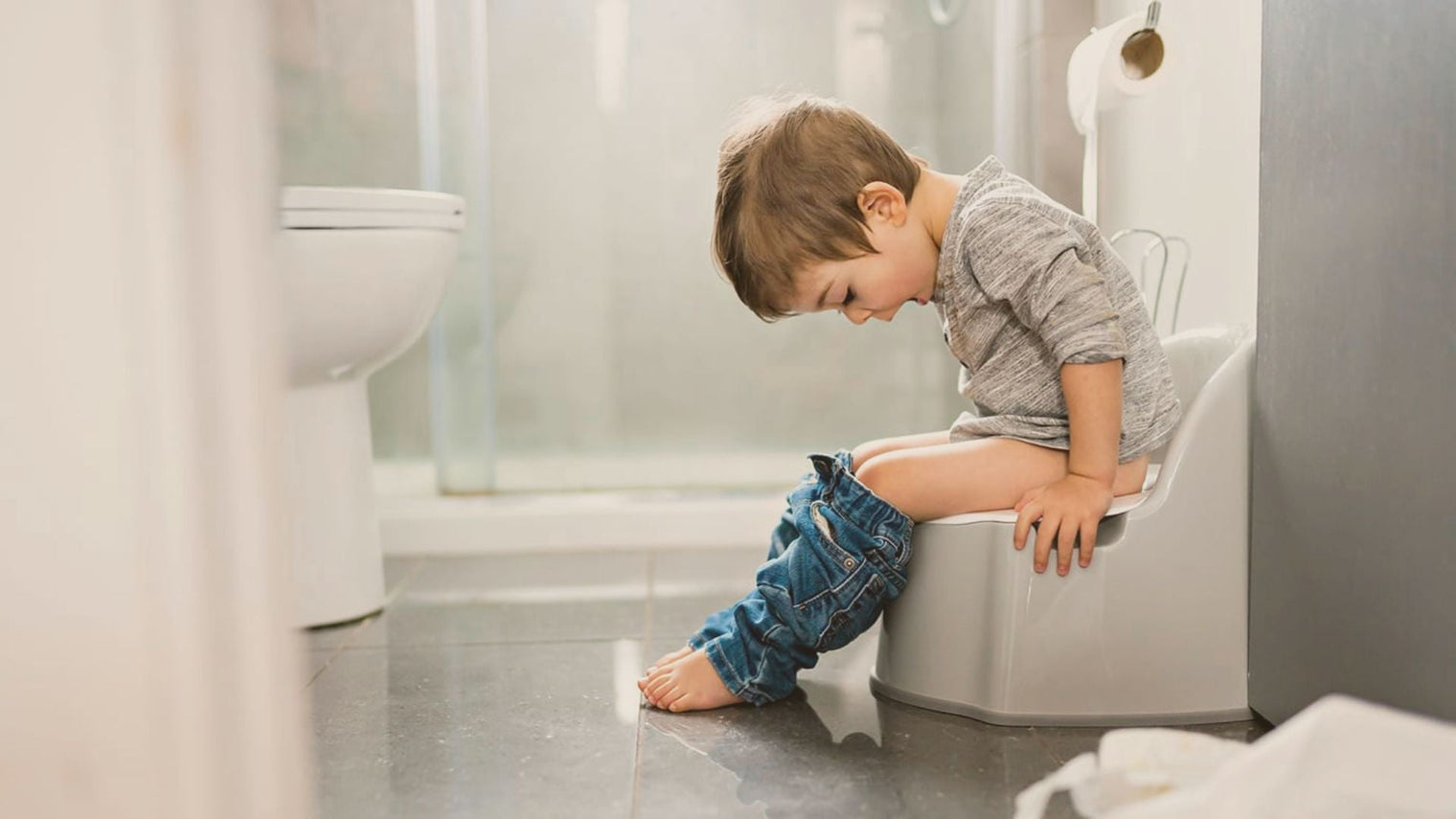Potty training is one of those milestones that feels both exciting and daunting for parents.
It marks a big step in your child’s journey toward independence—but it can also bring plenty of frustration if things don’t go as smoothly as you hoped.
The truth is, potty training is less about a perfect timeline and more about patience, consistency, and creating the right environment.
But even the most well-intentioned parents sometimes make mistakes that end up slowing down progress or adding unnecessary stress.
Today, we’ll break down 10 common potty training mistakes, why they matter, and practical ways to avoid them—so the process feels less like a battle and more like a natural step forward.
1. Starting Too Early
It’s tempting to want your child potty trained as soon as possible, but starting before your child shows readiness often backfires.
Signs of readiness include staying dry for longer periods, showing discomfort in a wet diaper, or expressing interest in the toilet.
How to avoid it: Instead of focusing on age, watch for cues that your child is physically and emotionally ready.
For some, this may be as early as 18 months, while others may not be ready until closer to 3 years old.
2. Expecting Overnight Success
Potty training is rarely a one-week project. Some children master it quickly, but for most, it’s a gradual process. Pushing for immediate results can cause anxiety for both you and your child.
How to avoid it: Think of potty training as a journey with small victories along the way. Celebrate progress, even if setbacks happen.
3. Punishing Accidents
Accidents are part of learning. Reacting with frustration or punishment can create shame and resistance around potty training.
How to avoid it: Stay calm and reassure your child. Say something like, “That’s okay, accidents happen. Let’s try again next time.” This builds confidence instead of fear.
4. Using the Wrong Equipment
Tiny bottoms don’t always fit comfortably on full-sized toilets, which can make potty time intimidating. If your child feels unsafe or uncomfortable, they’ll resist trying.
How to avoid it: Provide child-friendly tools, like a potty chair or a toilet seat insert with a sturdy step stool.
At Dannico Woodworks, we design child-sized furniture that encourages independence, including step stools and supportive seating that make potty training less scary and more empowering.
5. Being Inconsistent
Some days on the potty, some days not—it’s confusing for little ones. Inconsistency makes it harder for children to form new habits.
How to avoid it: Build a simple routine around natural times—like after meals or before bedtime. Consistency creates predictability, and predictability builds confidence.
6. Comparing Your Child to Others
It’s easy to fall into the trap of comparing your child’s progress with cousins, siblings, or friends. But every child develops at their own pace.
How to avoid it: Focus on your child’s individual progress instead of timelines set by others. Remember, potty training isn’t a competition.
7. Skipping Positive Reinforcement
Some parents expect the potty to be motivation enough, but kids thrive on encouragement. Without it, they may lose interest.
How to avoid it: Celebrate successes, big or small. Praise works wonders, and for some kids, small rewards like stickers or extra playtime can help keep them motivated.
8. Ignoring Nighttime Training
Daytime potty training and nighttime dryness don’t always happen together. Many children still need nighttime support long after they’re dry during the day.
How to avoid it: Use overnight protection until your child consistently wakes up dry. Don’t pressure them—nighttime bladder control develops later and at a different pace for every child.
9. Not Preparing for Outings
Many parents focus only on potty training at home. But kids also need guidance for public restrooms, which can feel intimidating and unfamiliar.
How to avoid it: Carry a travel potty or seat insert for on-the-go. Pack extra clothes and wipes, so accidents don’t feel like a big deal.
10. Forgetting to Make It a Positive Experience
If potty training feels like a stressful chore, children will resist it. A tense atmosphere can make them less cooperative and more anxious.
How to avoid it: Keep it lighthearted. Read potty-themed books together, sing songs, or even let your child choose a special stool or potty chair to make the process feel exciting.
FAQs
How long does potty training usually take?
For most kids, daytime training takes a few weeks to a few months. Nighttime training can take much longer and often comes later.
What if my child refuses to sit on the potty?
Don’t force it. Take a break and try again in a few weeks. Sometimes waiting for the right developmental stage makes all the difference.
What if my child was potty trained but suddenly regresses?
Regression is common during big life changes like moving, a new sibling, or starting preschool. Be patient and supportive—most children get back on track quickly.
Final Thoughts
Potty training isn’t just about getting rid of diapers—it’s about helping your child gain independence and confidence.
By avoiding these common mistakes and creating a supportive environment, you’ll make the process smoother for both you and your little one.
At Dannico Woodworks, we believe that the right tools can make all the difference. That’s why we create thoughtfully designed, child-sized furniture that empowers kids to do things on their own—including potty training with confidence.
So, as you guide your child through this milestone, ask yourself: What small changes can I make today to help my child feel more confident and capable tomorrow?

